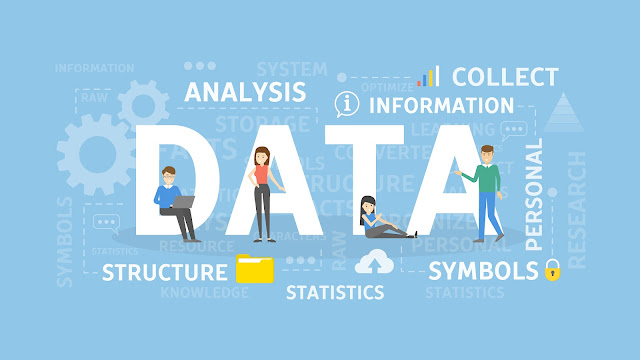Tracing the Evolution of Data Science: From Basics to Modern AI
Data science, a combination of insights, mathematics, and software development, has transformed many sectors. Over the past few decades, it has evolved from simple data analysis to advanced machine learning models. Thanks to this advancement, there are now many more career opportunities. If you want to enroll in a data science course in Delhi, now is the best time to become a data scientist.
The Starting points: Early Information Investigation
The foundations of data science can be traced back to the 1960s and 1970s when analysts and mathematicians started to investigate ways of examining massive datasets. The collection of data and the application of fundamental statistical methods to extract useful insights were the primary focuses. The tools were rudimentary, often limited to simple computer programs and manual calculations. However, these initial efforts were a foundation for later, more complex analytical techniques.
The Rise of the Computer: 1980s
The 1980s denoted a critical defining moment in the development of Data science. The presentation of PCs considered the handling of bigger datasets at exceptional rates. More sophisticated data analysis was made possible using statistical software like SPSS (Statistical Package for the Social Sciences) and SAS (Statistical Analysis System). Data mining aims to discover instances and relationships in large data sets. Today, it is growing in popularity, and its ability to process and analyze large amounts of data enables new research directions and business applications.
The Rise of Machine Learning: 1990s
Developed in the 1990s, machine learning is a subfield of artificial intelligence (AI) that focuses on developing algorithms for data analysis and prediction. As statistical systems have become larger and have greater processing power, it has become easier to develop more sophisticated models. Decision trees, neural networks, and hand vector machines have become increasingly popular due to their improved ability to provide more accurate predictions and classifications. Additionally, the growth of the Internet over the past decade has greatly increased the number of available statistics, allowing advances in data science.
Era of Big Data: 2000s
The era of big data began in the 2000s. With the multiplication of the web, virtual entertainment, and cell phones, the information age arrived at extraordinary levels. Google, Amazon, and Facebook were the first to collect and analyze large amounts of data to improve their services and gain further insights into customer behavior. New technologies such as Spark and Hadoop were developed during this time to process large amounts of data.
Specialized roles like data scientists and data engineers have evolved due to data science's integration into business planning.
Data Science Today: 2010s
The past ten years have seen information science develop into a multidisciplinary field incorporating progressed factual techniques, AI, and information design. Cloud computing makes processing and storing large data sets easier, and machine learning techniques enable increasingly advanced AI systems. Techniques such as deep learning, which uses multi-layered neural networks, are already being used with impressive speech and image recognition results. As more and more industries recognize the importance of data-driven decision-making, there has been a dramatic increase in the demand for professionals in data science.
Data Science Education: Meeting the Demand
Fulfilling the Needs Data science professionals are in high demand as the field continues to develop. For this reason, more and more data science courses and programs are being developed to provide people with the necessary knowledge and skills. Those studying data science in Delhi have a few options: These courses typically cover big data technologies, statistics, machine learning, and data visualization.
Two significant advantages of pursuing a data science training course are the opportunity to work with real data and the chance to learn from experts. Several colleges offer internships and industry collaborations to give students a rapid introduction to real-world applications of data science. In addition to connecting with local experts and potential employers, aspiring data scientists can build an extensive network thanks to Delhi's budding IT scene.
The Prospects for the Future of Data Science
Looking ahead, the prospects for the future of data science look even more promising. As innovation keeps on propelling, we hope to see new instruments and methods that will improve our capacity to examine and decipher information. The future of data science is likely to be significantly shaped by areas like ethical AI, which focuses on the responsible use of AI technologies, and quantum computing, which has the potential to revolutionize data processing.
Moreover, combining data science with other cutting-edge fields, such as blockchain and the Internet of Things (IoT) can open new avenues for innovation. Blockchain technology promises to increase security and transparency in data exchange. At the same time, data science and the Internet of Things (IoT) can optimize supply chain operations and improve urban intelligence.
Conclusion
Data science is a dynamic and multifaceted field that has evolved. Since its humble beginnings of early data analysis, data science has expanded the scope of what it can do and has evolved into sophisticated AI systems today. You have several options if you want to become a data scientist or earn a data science degree in Delhi. A rewarding and meaningful career in this rapidly evolving profession is within reach for any aspiring data scientist, provided you keep up with new developments and continually hone your skills.



.jpg)
Comments
Post a Comment